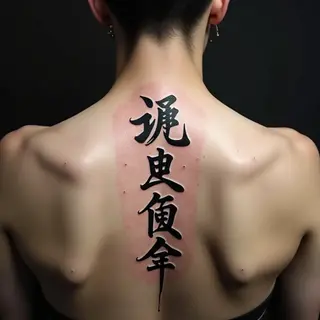The Teardrop Tattoo: Meaning, History, and Design
The teardrop tattoo—a simple image of a falling tear—has a surprisingly layered history. It’s more than just ink; it's a symbol loaded with meaning, often misunderstood outside its origins.
A History Forged in Prison
The teardrop’s most recognizable significance comes from prison culture, particularly in North America. Traditionally, each teardrop represents a year served—a visual marker of time endured. It's important to note that this isn't a universal practice; interpretations and meanings vary between different prisons and groups.
Beyond the Walls: Personal Significance
But the teardrop’s story doesn't end with prison walls. It can carry profound personal meaning, a way to express something deeply felt.
What Does it Represent?
Here are just some of the ways people choose to wear this symbol:
- Grief & Loss: A tangible reminder of someone lost or a painful experience.
- Remembrance: An enduring tribute to those who have passed.
- Regret: A mark of sorrow and a desire for change.
- Strength & Resilience: A testament to overcoming adversity, showing inner strength.
Design Choices
You’ll often see teardrop tattoos on the face, neck, or hands—though placement is ultimately a personal decision. Designs can be minimalist black outlines or more intricate, incorporating shading, color, and even other elements like roses or names.


